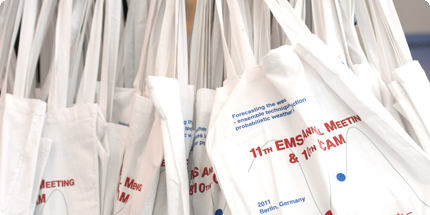Nowadays, Numerical Weather Prediction (NWP) and Atmospheric Chemistry Transport (ACT) models realise model-nesting and down-scaling from the global to the local scale and approach the necessary horizontal and vertical resolutions to provide weather and air quality forecasts for urban and local scales. However, most urban simulations for real conditions consider only a small part of the urban area in a micro-meteorological model, whilst urban heterogeneities outside the simulation domain affect the micro-scale processes.
The Danish Meteorological Institute (DMI) has provided meteorological information for 135 year. Weather forecasting today requires precise measurements, advanced modelling, powerful computers and skilled meteorologists. DMI’s predictions do not limit themselves to the next few days or weeks, but look into the 22nd century as well, where scientists expect very different meteorological conditions to the ones we have today.
Dr. Nuterman’s research at DMI is focused on the development and improvement of the down-scaling modelling chain, i.e. the coupling of regional-, urban- and street-scale models, as well as studying the heterogeneity of meteo- and chemical fields induced by urbanized areas. This work is described in his paper.
The first element in the chain is an ensemble forecast from regional ACT models produced by the MACC modelling systems and delivered to DMI on a daily basis. The next step is down-scaling from the regional forecasts to city-scale using the High Resolution Limited Area model (HIRLAM) and the Comprehensive Air quality Model with extensions (CAMx). The Building Effects Parameterisation module for HIRLAM, developed by Alberto Martilli, is used to input information about the urban environment.
For local- and micro-scale nesting the Micro-scale Model for Urban Environment (M2UE) is applied. This is a comprehensive Computational Fluid Dynamics urban wind-flow model that is coupled with atmospheric chemistry mechanisms.
The complete developed system constantly performs verification of its predictions against observations. It assimilates observation data from satellites, radars, weather sensors, ceilometers, pyranometers and precipitation gauges for both nowcasting and forecasting of weather and air quality. A key input to the models is the measurement of solar radiation by Kipp & Zonen CM 11 and CM 21 pyranometers.
For more on the Monitoring Atmospheric Composition and Climate (MACC) EU Collaborative Project, of which this research forms a part, go to http://www.gmes-atmosphere.eu.
To view the video of the openings ceremony of the EMS Meeting please follow this link: http://livestre.am/11YcF
